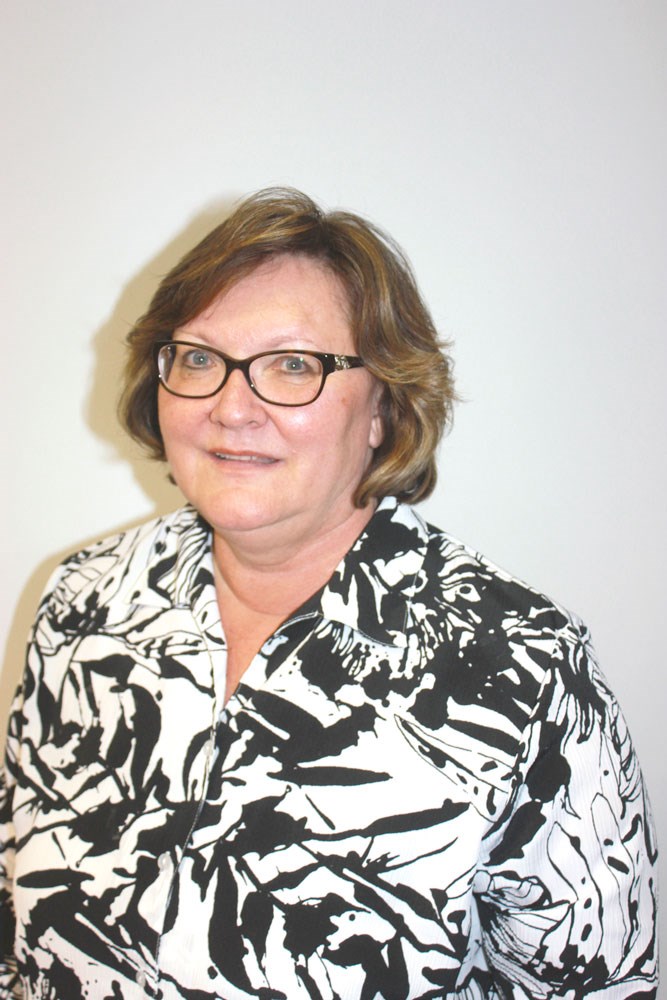As expected, the local Time to Twin Highways 39 and 6 Committee is not happy with the provincial government’s decision to proceed with passing lanes for Highways 39 and 6 from Estevan to Regina.
In an article in last week’s Mercury, David Marit, the minister for Saskatchewan Highways and Infrastructure, said they were now looking at passing lanes for the 200-kilometre stretch of highways from Estevan to Regina, rather than twinning.
He said there would likely be 15 sets of passing lanes between Estevan and Regina, and he stressed that passing lanes have been effective for other highways.
The provincial government said back in 2013 that they were looking to twin the highways.
Time to Twin committee co-chair Marge Young said they are renewing their efforts, which started back in 2009, to have the highways twinned from Regina to North Portal.
“I’m shocked, really, that they have done an about face in the last … three years going from twinning to twinning and passing lanes, and then all the way to passing lanes,” said Young.
The people of this area deserve appropriate and safe highways, she said, and even though the government is going through hard times, they shouldn’t expect the people of this area to accept what Young called the cheap way out.
“The people east of Regina aren’t being expected to use passing lanes,” said Young. “They have a lot of traffic. A lot of it is commuter traffic, and they have semis as well. But we need to have appropriate, safe highways for our people here.”
Young said she felt more confident about the possibility for twinning eight years ago than she does now.
She noted the committee would like to meet with Marit, and they are working on a date in late August or September.
“It’s a good thing in that we know he wants to meet with us,” said Young.
She has also spoken with Souris-Moose Mountain MP Robert Kitchen recently, and he encouraged them to not give up. They were scheduled to meet on Tuesday.
Young noted the committee has taken a step back since 2013, when Premier Brad Wall revealed the government’s plan to twin the highways. But now Young says the committee needs to regroup.
“We’re not ready to give up on this,” said Young. “We feel that we need to renew our efforts.”
Co-chair Lauralie Ireland said she is also frustrated with the government’s decision.
“Even though the economy is so bad in Saskatchewan, they still have to agree to keep people safe and passing lanes are not the answer,” Ireland said.
While some people on Facebook have stated the region should take the passing lanes, since they are better than nothing, Young doesn’t share their opinion.
“It’s not going to change the fact that we have all of these semis carrying freight from North Portal through to the No. 1 Highway or Regina, and we’ve always been about safety,” said Young.
The committee launched a petition in 2013 on change.org, calling for the government to twin the highways. It attracted thousands of signatures, and many supportive comments.
Young said they will be launching that petition once again.
She also called for people who want to see the highways twinned to contact their MLA or MP, the premier and others. They also need to remember those who have died in accidents on the highway.
“As tired as we are, we realize it is so important,” said Young. “We have all lost people, or nearly lost people, on that highway, or been in an accident, or nearly been in an accident.”
Young expects the committee will need to have a public meeting to regroup, re-energize and recruit new people
City Councillor Dennis Moore, who is the chair of the South East Transportation Planning Committee, said he wants the highways to be twinned. He believes the government took the easy way out with passing lanes.
“I think we should have stayed with the four lanes,” said Moore. “This is a north-south main corridor for Canada-U.S. trade.
“The fact that we’re going to do passing lanes will satisfy getting the traffic past the semis and the ugly loads of whatever we’re hauling that are usually wider than they have to be or need to be, and they’re longer than the average load.”
But the dangers are still there for traffic, because the passing lanes might not be long enough.
“I think that we’re going to miss an opportunity,” said Moore.
And while the economy isn’t strong right now, the province won’t always be in tough shape financially, he said.
“Even if we were going to do it in piece work and take four or five years to complete it, it would be doing the job the correct way,” said Moore.
If the province proceeds with passing lanes, he predicted people will look back on it in a few years, and wonder why they didn’t proceed with twinning, thanks to the large trucks.
The committee is split on passing lanes. Moore said some members believe the passing lanes are better than nothing, and should be accepted. Those people drive heavy trucks on the highways, and have been in areas where passing lanes worked.
“At the same time, the rest of us feel this is an opportunity complete the job,” said Moore.
Once the passing lanes are installed, Moore expects the stretch of affected highway will never be twinned.
The provincial government has listened to the planning committee regarding their concerns with twinning the highways in the past. Previous ministers of Highways and Infrastructure have driven the highway before, so they understand the committee’s concerns.
Moore hopes the government will think ahead, reverse the decision and proceed with twinning.



